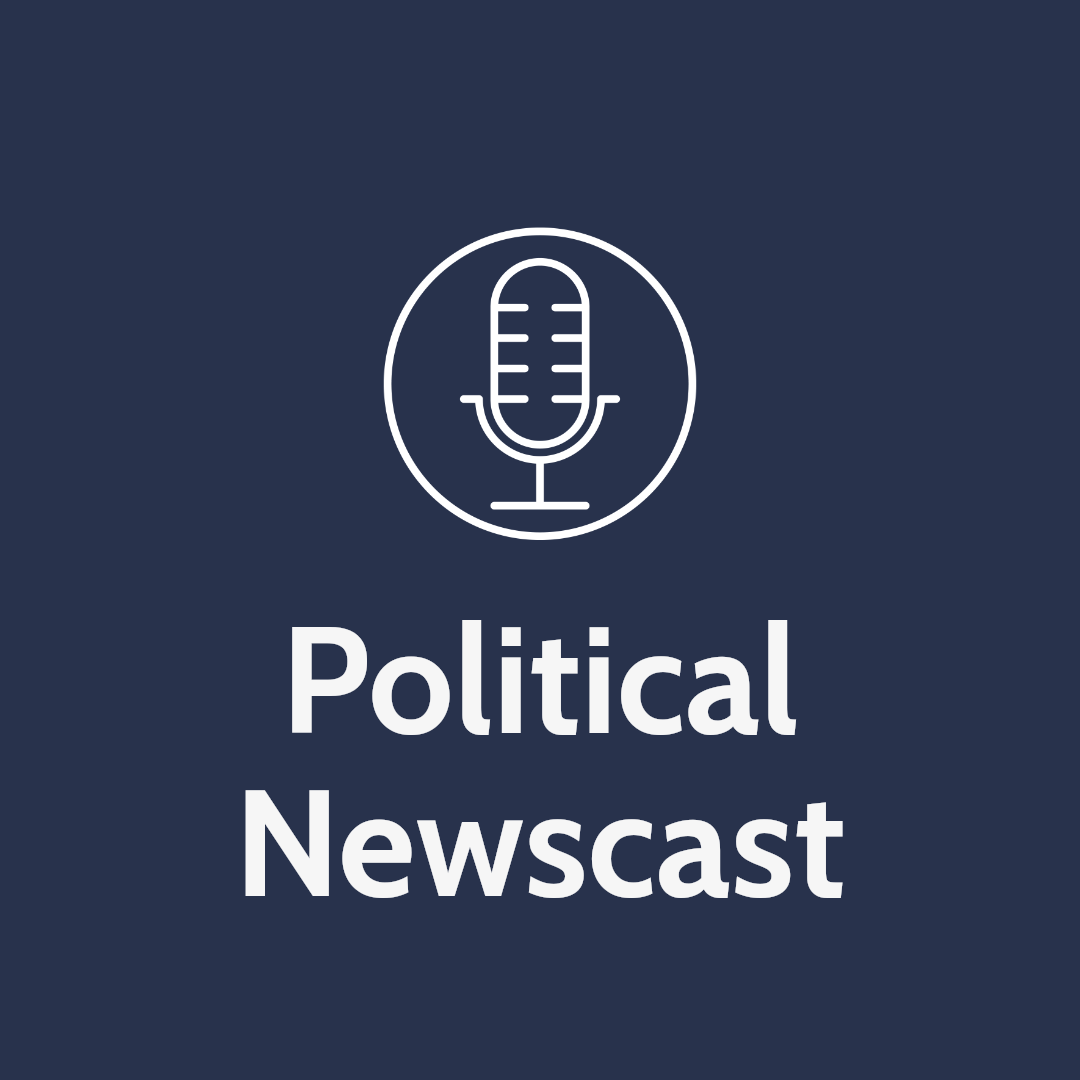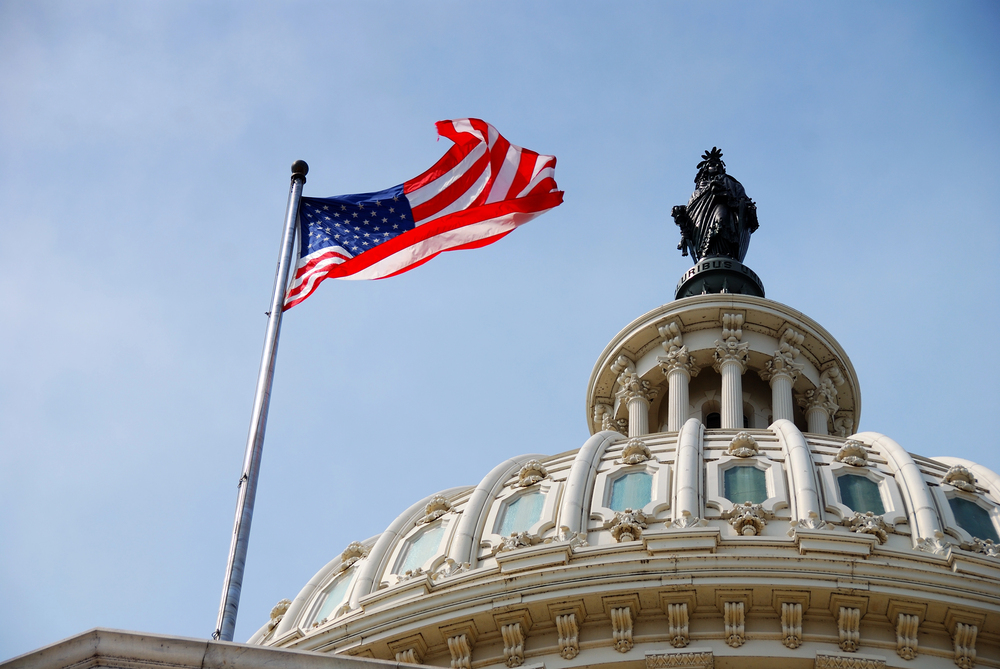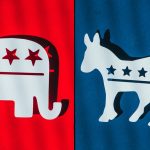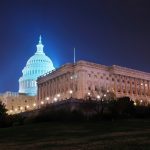The United States government was built on a framework designed to prevent the concentration of power. From the founding debates at the Constitutional Convention in 1787 to the daily workings of federal agencies today, the U.S. system is built on separation of powers, checks and balances, and federalism. Understanding how this structure works is critical to grasping why laws move slowly, how political disputes play out, and why certain powers lie with Washington while others remain with the states.
This article goes deep into how the U.S. government is structured — not just in theory, but in practice. It lays out the constitutional framework, the responsibilities of each branch, how power is distributed between federal and state authorities, and how the bureaucracy implements policy.
The U.S. Constitution: Foundation of Government Structure
Three Co-Equal Branches
The Constitution divides the federal government into three branches: legislative, executive, and judicial. Each has distinct roles and powers.
- Legislative Branch (Article I): Makes laws
- Executive Branch (Article II): Enforces laws
- Judicial Branch (Article III): Interprets laws
This separation ensures that no single branch can dominate the government. Each branch can check the power of the others.
Checks and Balances
The system of checks and balances means each branch has tools to block or influence the others:
- The president can veto legislation passed by Congress.
- Congress can override a veto with a two-thirds vote in both chambers.
- The Supreme Court can strike down laws as unconstitutional.
- The Senate confirms or rejects judicial and cabinet appointments.
- Congress can impeach and remove the president or federal judges.
The Legislative Branch: Congress
Structure and Composition
Congress is bicameral — meaning it has two chambers:
- The House of Representatives: 435 members, apportioned by population and elected every two years.
- The Senate: 100 members, two from each state, elected for six-year terms.
Together, these two bodies draft and pass federal laws, approve spending, and oversee the executive branch.
Powers of Congress
Key constitutional powers include:
- Writing and passing legislation
- Controlling federal taxation and spending
- Declaring war
- Ratifying treaties (Senate only)
- Confirming executive and judicial appointments (Senate only)
- Investigating government activity through hearings and subpoenas
Committees: Where the Work Happens
Much of Congress’s day-to-day work happens in committees. These smaller groups focus on specific policy areas:
- Standing Committees: Permanent, such as the House Ways and Means Committee (taxation) or Senate Judiciary Committee.
- Select Committees: Temporary, created for specific investigations.
- Joint Committees: Include members from both chambers.
Committees draft bills, conduct hearings, and review policy proposals before they reach the House or Senate floor.
The Executive Branch: Enforcing the Law
The President and the Presidency
The president serves as head of state and head of government. Key powers and responsibilities include:
- Signing or vetoing bills
- Appointing federal judges and cabinet officials
- Acting as commander-in-chief of the armed forces
- Conducting foreign policy
- Issuing executive orders
Presidents serve four-year terms and can be reelected once.
The Executive Office and Cabinet
The Executive Office of the President (EOP) includes agencies that directly support the president, such as:
- The National Security Council
- The Office of Management and Budget
- The Council of Economic Advisers
The president’s Cabinet consists of the heads of 15 executive departments, including:
- Department of State
- Department of Defense
- Department of Justice
- Department of Health and Human Services
Cabinet secretaries help implement federal policy and manage vast bureaucracies.
Executive Agencies and Bureaucracy
Beyond the Cabinet are numerous agencies, both regulatory and service-based, that carry out federal laws. These include:
- Regulatory Agencies: Securities and Exchange Commission (SEC), Environmental Protection Agency (EPA)
- Independent Agencies: NASA, CIA
- Government Corporations: USPS, Amtrak
These agencies interpret and enforce laws passed by Congress, shaping everything from workplace safety to environmental standards.
The Judicial Branch: Interpreting the Law
The Federal Court System
The judiciary has three main levels:
- District Courts: Trial courts where federal cases begin
- Circuit Courts (Courts of Appeal): Hear appeals from district courts
- Supreme Court: The highest court, with final authority on constitutional matters
There are 94 district courts and 13 circuit courts. Judges are nominated by the president and confirmed by the Senate.
The Supreme Court
Composed of nine justices, the Supreme Court hears roughly 70–80 cases per year. It selects cases based on national importance or lower court disagreement. The Court can:
- Strike down laws as unconstitutional
- Interpret federal statutes
- Decide cases involving state and federal governments
Major rulings can reshape policy nationwide — from civil rights to campaign finance.
Federalism: Sharing Power Between States and the Federal Government
Enumerated vs. Reserved Powers
The Constitution gives the federal government specific (enumerated) powers. All other powers are reserved for the states. For example:
- Federal powers: Coining money, regulating interstate commerce, declaring war
- State powers: Setting education policy, overseeing elections, issuing licenses
Some powers are shared, such as taxation and transportation planning.
The Tenth Amendment
The Tenth Amendment underscores federalism: “The powers not delegated to the United States by the Constitution… are reserved to the States respectively, or to the people.”
Federalism explains why laws and services can differ by state — including healthcare, gun policy, and education.
State Governments Mirror Federal Structure
Each state has its own constitution, legislature, executive (governor), and judiciary. States pass their own laws, raise revenue, and administer local services, operating within the bounds of federal law.
How the Branches Interact in Practice
Legislative-Executive Interaction
- Congress funds executive agencies and confirms appointments.
- The president proposes a budget and may issue vetoes.
Executive-Judicial Interaction
- The president appoints judges.
- Courts can overturn executive orders.
Legislative-Judicial Interaction
- Congress can change laws struck down by the Court.
- The Senate confirms federal judges.
Checks and balances are not just legal concepts; they play out daily in political battles, court rulings, and oversight hearings.
Final Thoughts: Structure Creates Stability
The U.S. government’s structure is designed to prevent tyranny, encourage compromise, and protect individual liberties. By dividing power among branches and levels of government, the system makes radical change difficult but ensures accountability. For all its gridlock and political conflict, this structure has endured for over two centuries, balancing order with freedom.
Understanding how this system operates — not just in theory but in practice — is essential for anyone trying to make sense of American politics, policy debates, or the roadblocks that so often define them.





